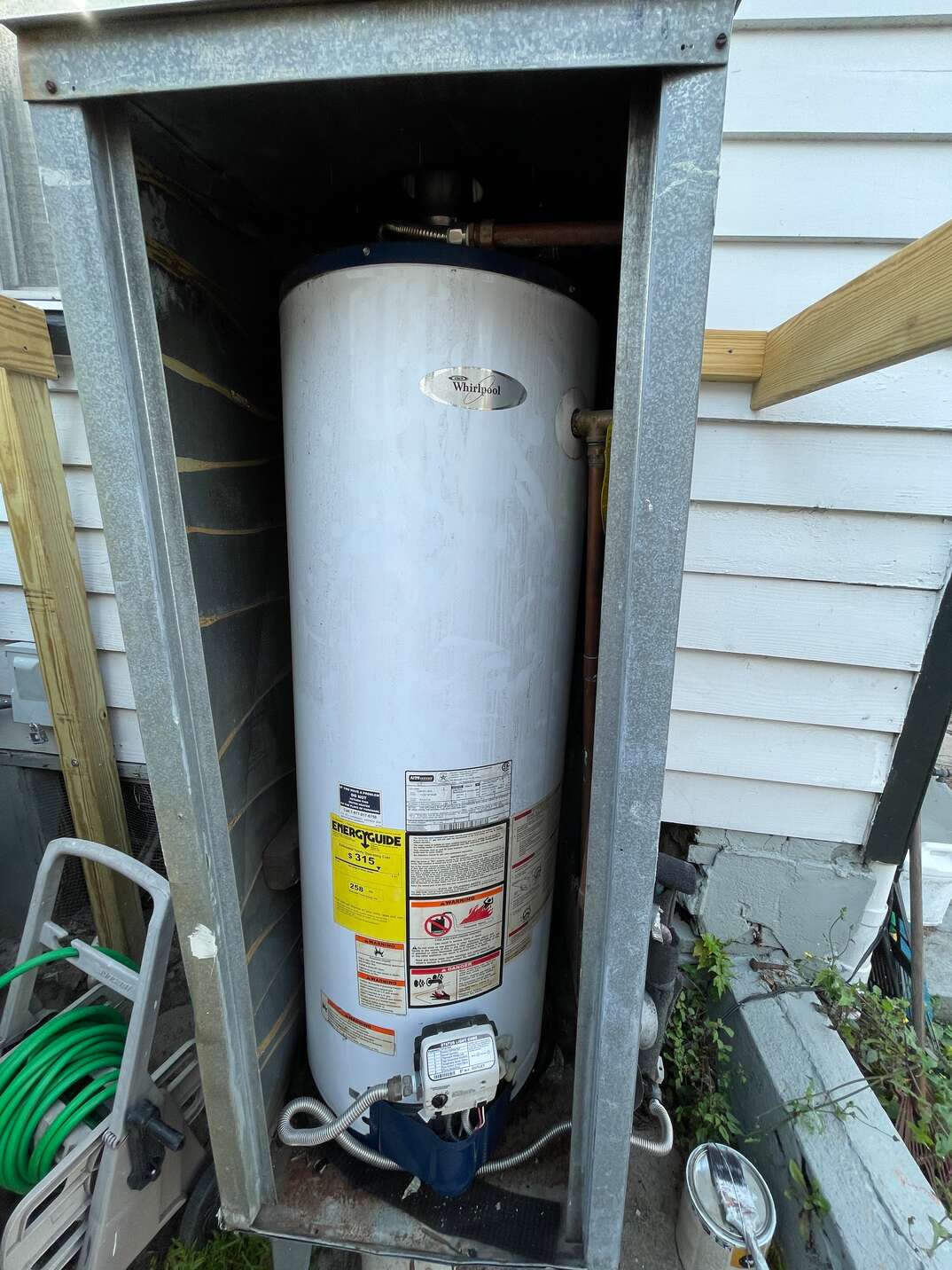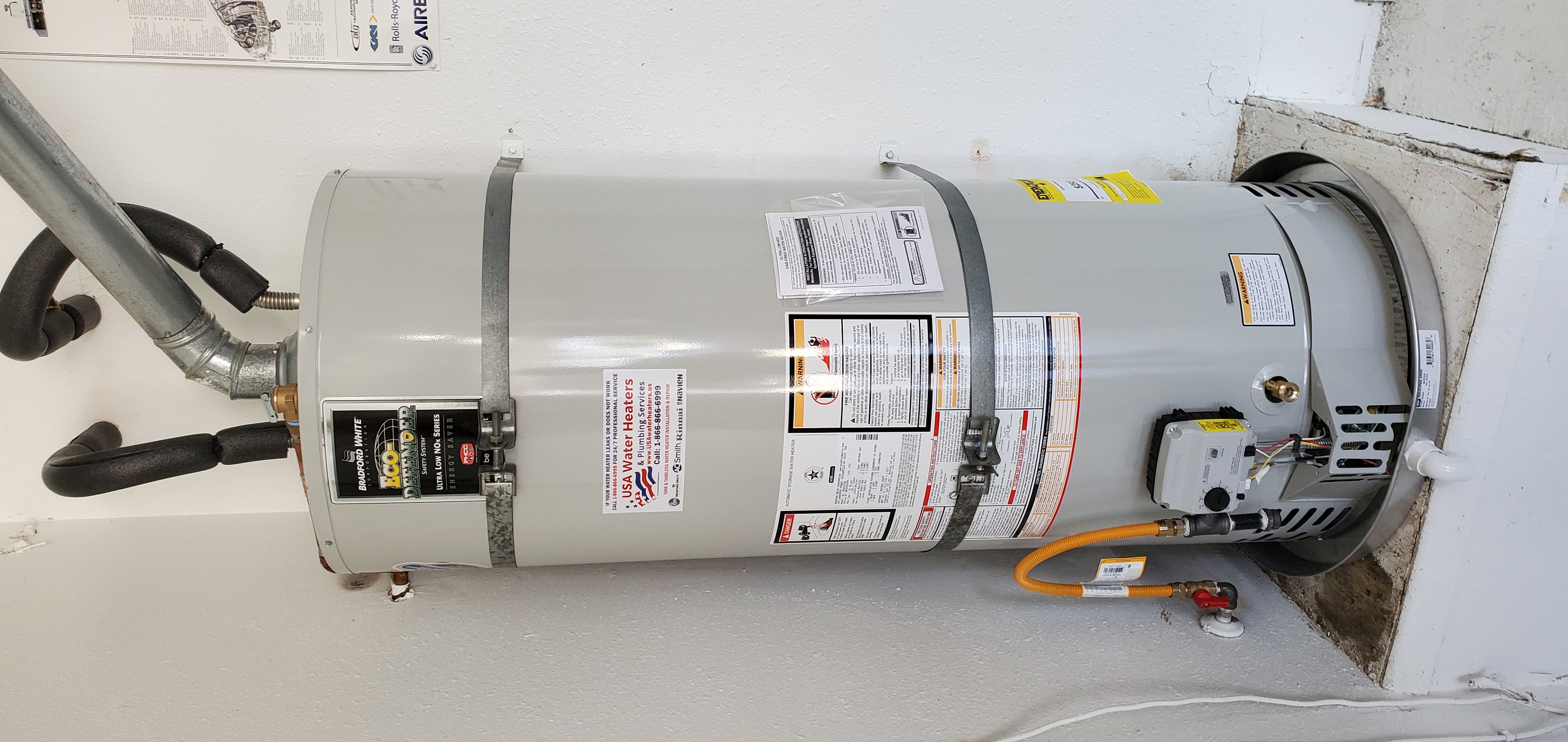Ensure a hassle-free water heater installation in Yorba Linda with our experts
Ensure a hassle-free water heater installation in Yorba Linda with our experts
Blog Article
DIY Hot Water Heater Installation: Essential Steps for Success
When taking into consideration a Do it yourself water heating unit setup, it is vital to approach the task with a systematic frame of mind, as the process involves several critical actions that can considerably influence both security and effectiveness. Selecting the proper water heating system for your certain needs is simply the beginning; preparing the setup location and understanding the essential devices and products are equally essential.
Selecting the Right Water Heating Unit
When choosing a hot water heater, it is vital to consider a number of crucial factors to make certain optimal performance and efficiency - water heater. Examine the kind of water heating unit that ideal suits your demands. Options include tankless, tank, and heat pump water heaters, each offering distinctive benefits in regards to power efficiency and area requirements
A larger household might need an unit with a better gallon ability or a tankless system that can provide continuous warm water. Each power kind has ramifications for installation prices and long-lasting energy costs.
Power effectiveness is an additional important factor. By meticulously reviewing these variables, you can choose a water heating unit that lines up with your family's certain requirements, ensuring convenience and effectiveness for years to come.
Devices and Materials Needed
Effectively installing a hot water heater needs not just the ideal choice of unit but likewise the suitable devices and products. Prior to starting your do it yourself project, ensure you have a detailed checklist of items to promote a smooth installment procedure.
Important devices include a monkey wrench, adjustable pliers, and a screwdriver set (both flathead and Phillips), which will certainly assist you handle different installations and connections. Furthermore, a drill with suitable bits is required for placing brackets or making any type of needed openings. For safety, a voltage tester is vital, particularly when handling electric water heating systems.
You will certainly additionally need a versatile water supply line, which can be either braided stainless steel or PVC, depending on your preferences and local codes. By gathering these materials and devices in advance, you set the stage for a successful water heating system installment.
Planning For Installation
Before starting the installation of your hot water heater, it is important to analyze the installment website to ensure it meets all required requirements. Start by verifying that the area is well-ventilated, especially for gas water heaters, to prevent the buildup of dangerous gases. Inspect for the availability of needed connections, consisting of water lines and electric outlets, ensuring they are in good problem and effectively located.

Additionally, evaluate the existing pipes and electrical systems to determine if repair work or upgrades are required before installment. This aggressive strategy not only makes certain conformity with regional building codes yet also improves the durability and performance of the hot water heater. Finally, collect all needed permits, if needed, to avoid legal problems later on. Correct preparation sets the phase for a smooth installation process and aids prevent unanticipated issues.
Step-by-Step Installment Process
With the prep work total and all required assessments performed, the next stage involves the detailed setup of your water heating system. For tank-type water heating systems, link the cold water supply line to the inlet, typically noted in blue, and the hot water line see this here to the outlet, usually marked in red.
Following, safeguard the temperature and stress safety valve, which is vital for safety. Connect the discharge pipeline to this valve, directing it towards the flooring or a suitable water drainage area. For electrical models, attach the power supply by removing the wires and safeguarding them to the heating unit's terminals according to the manufacturer's directions.
If you visit site are setting up a gas hot water heater, guarantee the gas line is attached correctly and look for leaks using a soap solution. Besides connections are made, load the tank with water prior to activating the power or gas supply. Allow the water heating unit to get to the desired temperature and check for any kind of leaks around all links.
Ensuring Safety and Effectiveness
Frequently ensuring safety and security and efficiency during the setup and procedure of your water heating system is important for optimal performance and durability. Begin by picking an appropriate location that adheres to neighborhood structure codes and provides ample ventilation. Guarantee that the area is without combustible products and has enough room for upkeep and examinations.

After installment, conduct normal examine the system to identify leakages, deterioration, or uncommon sounds. Set the thermostat to a risk-free temperature, usually around 120 ° F, to avoid scalding and improve energy efficiency. Insulate pipelines to lower warmth loss, which adds to decrease power expenses.
Final Thought
In final thought, successful DIY hot water heater installation pivots on cautious Read Full Report preparation and execution. Choosing the suitable hot water heater, preparing the setup area, and complying with a methodical setup process are crucial steps. Following security guidelines throughout the installation makes certain both security and efficiency. Furthermore, routine maintenance checks post-installation will certainly add to the optimum performance of the water heater, inevitably boosting the long life and effectiveness of the system. Correctly establishing the thermostat additionally guarantees secure operation.
When thinking about a Do it yourself water heating unit installment, it is vital to come close to the task with a systematic frame of mind, as the procedure involves several essential steps that can substantially influence both security and effectiveness.Prior to beginning the setup of your water heating system, it is vital to assess the setup website to guarantee it meets all needed needs. For tank-type water heaters, attach the cool water supply line to the inlet, usually marked in blue, and the hot water line to the electrical outlet, generally assigned in red.Consistently guaranteeing safety and security and performance during the installation and operation of your water heating unit is important for optimal performance and longevity. Picking the appropriate water heating unit, preparing the setup area, and complying with a systematic installation process are important steps.
Report this page